The bicycle boom and supply problems in 2021
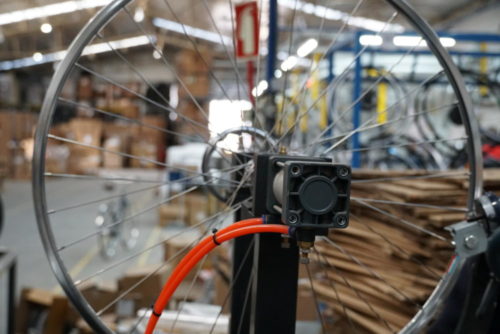
The bike boom has blown up in our face, is what some cycling brands are thinking as they still rub their hands together after what looks to many like a record year for turnover in 2020.
Yes, the pandemic has changed many things in our lives and one of them is the increase in popularity of cycling, this, supported by the development of many active cycling policies underpins long-term growth, but the 2020 growth in demand for bicycles too concentrated in a few months faces us with challenges and opportunities never seen before in the sector.
Contenidos
- 1 We analyze the keys to the problems in the supply chain and how a complicated 2021 lies ahead for the cycling sector.
- 1.1 Questions we will try to answer in this article
- 1.2 First, let’s look at 2020 in detail.
- 1.3 New riders are the main drivers of demand.
- 1.4 So where is the 2020 Bike Boom?
- 1.5 Actual demand for Bicycles in 2021 and 2022v
- 1.6 Long-term forecasts 2030
- 1.7 Why is it so difficult to match supply with demand?
- 1.8 What other external factors influence this situation?
- 1.9 Container import costs are skyrocketing.
- 1.10 Restrictions on guest workers
- 1.11 What can independent manufacturers do to turn this difficult situation into a new opportunity?
We analyze the keys to the problems in the supply chain and how a complicated 2021 lies ahead for the cycling sector.
Delivery delays are nothing new for the bicycle industry, but 2021 will be a much more challenging year as demand for bicycle components continues to rise sharply around the world, bicycle brands Encouraged by the growth forecasts and the data from the last months of the year, they are preparing their productions with greater ambition.
component manufacturersAs the world’s leading manufacturers, under unprecedented pressure, lengthen lead times by up to 20 months, resulting in larger orders from brands to secure production for 2022 and 2023, the balance between investing to absorb demand or maintaining lean production to improve profitability and ward off the specter of oversupply is what will position manufacturers for success or failure in the coming years, a difficult decision.
Demand for 2021 is estimated to grow another 20% more for the entire sector, with notable differences in each segment and this sustained growth since 2019 is maintained mainly by the incorporation of new bicycle users.
In addition to this group of recreational users, there is an increasingly significant mass of urban cyclists seeking an alternative to public transport, encouraged by direct subsidies for the purchase of bicycles and reinforced by ambitious public investment plans to turn today’s cities into a “bicycle-friendly city”. cycling cities of tomorrow.
In addition, we are witnessing a growing interest of investment firms that see in the sector a clear opportunity for profitability in the medium and long term, in recent months we have seen brands such as Vanmoof, Rad Power, Dance or Super 73 receiving investments of up to 150 million USD each to start up huge production machinery for the production of electric bicycles.
But, if it has been almost a year since the demand boom started in mid-April 2020, how is it possible that manufacturers are not able to adapt their production?
It is undoubtedly a wonderful and exciting time in the bicycle industry.
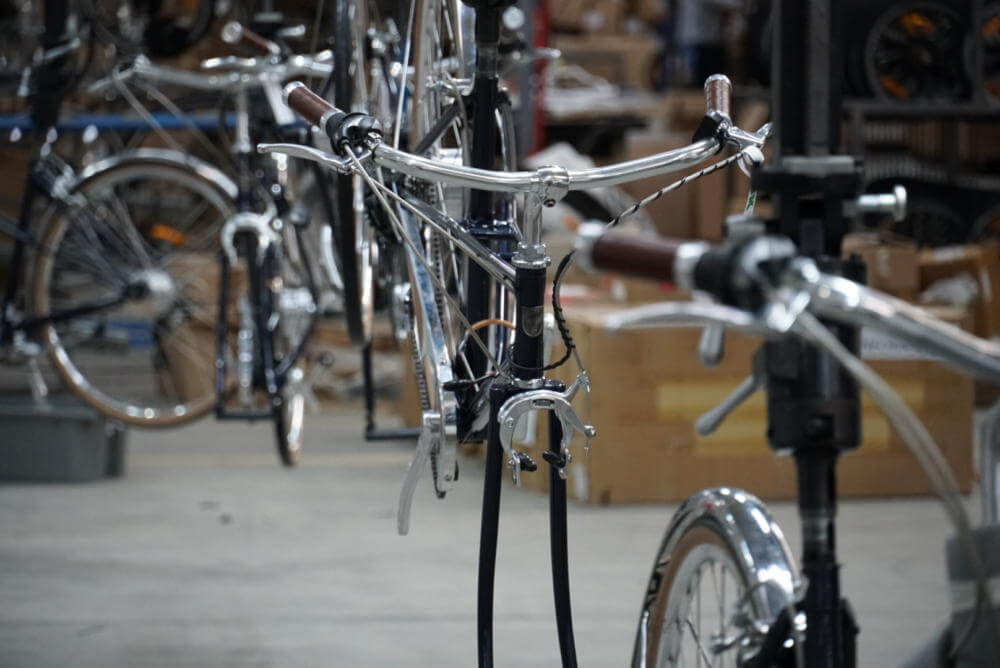
Capri Electric Bicycles on the assembly line.
Questions we will try to answer in this article
1.- What is the demand forecast for 2021 and 2022?
2.- Why is it so difficult to adapt supply to demand?
3.- What other external factors affect this situation?
4.- What can independent manufacturers do to turn this problem into an opportunity?
First, let’s look at 2020 in detail.
To imagine the growth potential of 2021 with respect to 2020 it is important to analyze which areas have grown more last year and why and in which segments of the population, not all the consolidated data for 2020 from the different European entities of the industry are shown yet, but we have some to go analyzing, for example the data emanating from the Bicycle Association of the United Kingdom reveal very strong growth on a very seasonal basis between mid-April to mid-June 2020 with growth figures of 250% compared to the same date last year, taking into account the calendar year 2020 most manufacturers report growth of around 20%, and in particular the E Bikes segment reached a growth figure of 93% (significant between April and September, we would have to wait for the calendar year growth to see if it has indeed surpassed that of 2019).
We also already have data from the Cycling Industries Europe in their article of December 2, 2020 where they estimate a 23% growth in the electric category in 2020 and a slight decrease in sales of conventional bicycles.
According to their analysis, sales have been greatly affected by the closures and the lack of product.
In other words, sales in 2020 have been very good considering the context, the weeks of total confinement and the lack of supply stemming mainly from the initial restrictions in Asia, but they have also not generally and very significantly exceeded the 2019 growth figures.
We can see the detail of the growth in 2019 by category were(source AMBE)
| Category | Average Price | Uds sales | Growth | Quota pcs |
| Mountain | 699 € | 475663 | 16,3% | 37,7% |
| Road | 1773 € | 72297 | -4,8% | 5,7% |
| Urbana | 298 € | 92874 | -24,2% | 7,4% |
| Children | 147 € | 477683 | 45,3% | 37,9% |
| Electric | 2403 € | 142766 | 28,3% | 11,3% |
It should be very much noted that 2019 was already a year of very strong growth (20.41%) compared to previous years, where growths hovered around 1%, here we already saw in 2019 a strong trend in children’s and electric bikes, which brings us to the second part of this analysis:
New riders are the main drivers of demand.
Looking at those figures already in 2019, we can think that a lot has already been added up then new user The same can happen with children’s bicycles, and that trend seems to have increased in 2020, where it seems that new bike purchases by new users have been even more pronounced.
According to Sport England’s analysis in the UK has gone from 16.5M cyclists to 18M, which adds up to 1.5 Million cyclists in that country, in that line the English retail sector reported a 70 / 30 percentage of new cyclists versus regular cyclists in bicycle purchases during the summer of 2020. Similar indications are given by industry sources in Spain
Okay, but if we look at the total figures for 2019 and the previous ones for 2020 (we will have to wait for the official market reports by country from CONEBI) we can see an unexceptional increase in sales compared to 2019 and also of more punctual purchase users than the entrenched users (who buy more expensive bikes and with more constancy).
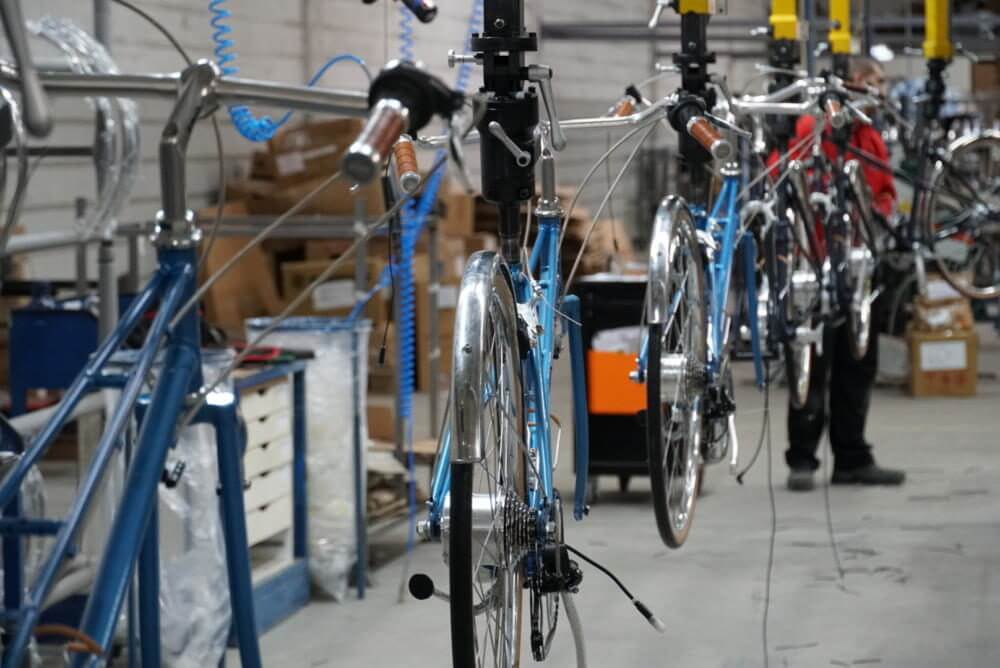
CAPRI BIKES FACTORY
So where is the 2020 Bike Boom?
In Germany we have seen year-on-year growth in E bikes of over 30% in Spain of 28%, was it an explosion in demand but not in sales?
According to these preliminary reports from the most reputable institutions in the sector, sales have not grown as much as the noise they have made to the concentrate sales in a very specific point between April and June after a shutdown in factories from January to April (from Asia to Europe) and the alarm and news that it generated. shortage of bicycles.
The media is guilty of many of these situations and if not, remember the toilet paper moment and how the images of people running out of paper revolutionized the paper industry in 2 weeks, yes, making more paper is easy and local, more bicycles is difficult and global.
We have had a year plagued with news about the bicycle sector, but in the end the numbers are very similar to 2019, an overall 20% (which is not bad at all).
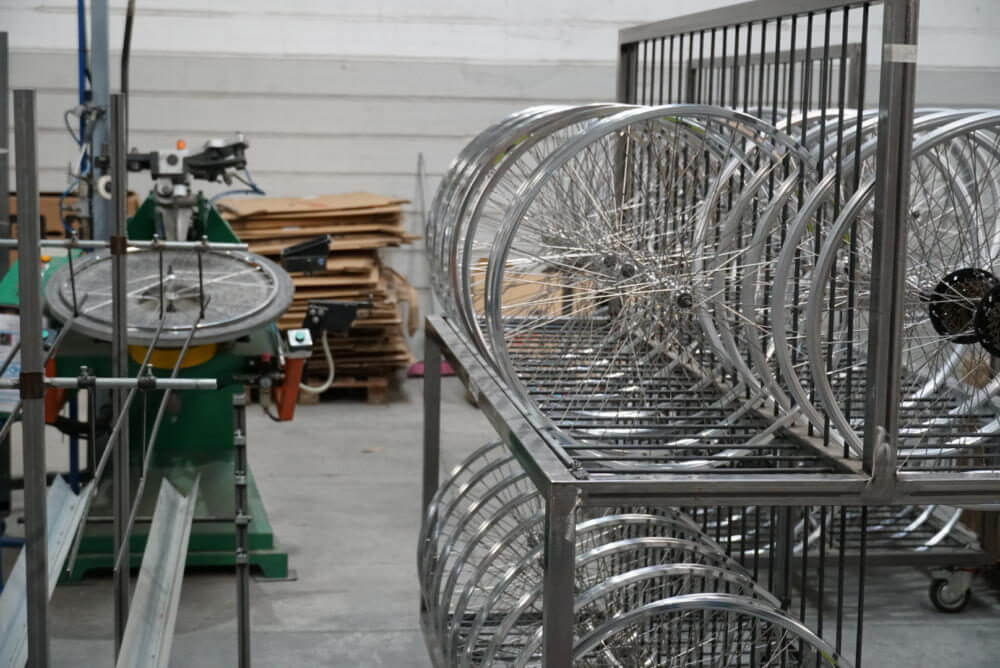
CAPRIBIKES
Actual demand for Bicycles in 2021 and 2022v
We have already commented that a strong shortage in the supply chain generates a level of purchasing anxiety that can result in an artificial over-demand, so now in the heads of all companies in the sector is the actual forecast of sales for this year and the next 2 seasons.
In this line, the head of Shimano Iberia recently commented in a virtual meeting sponsored by AMBE that some references had experienced a demand 10 times higher, which reflects the feeling of anxiety that dominates the sector.
While no one doubts that there will be growth, it is the amount of growth that can make a big difference between planning component procurement correctly or not.
For example, some relevant figures in the sector, such as David Eisenberger of the German industry association ZIV, at last week’s presentation of the sector’s economic study, anticipated 20% growth for 2021.
Scott is experiencing 40% growth in recent months, but is aiming for a sales target of a 20% increase, they say, due to lack of supply.
We know that one of the factors that is directly related to demand is the incidence of Covid-19 and how the restrictions and the effect of the vaccine impacts on the way society approaches its leisure and economy, during 2020 travel spending has been reduced in Spain by 44% (according to INE), others such as spending on catering fell by up to 80% in 2020, according to La Caixa .Similarly other regular expenses have also left more money in the pockets of citizens in 2020, such as spending on cosmetics and fashion.
This situation, which was very similar at the global level allowed the average consumer to have more money to buy other products that, like bicycles, saw a significant increase in demand after confinement, such as consumer electronics, DIY items, swimming pools and furniture.
Today, March 1, 2021 we see how we reach what seems to be the end of the third wave, the relaxation of mobility restrictions and the advance of vaccination coupled with the arrival of good weather and the need for society to “break free” (after reaching the milestone of 1 year of restrictions due to the pandemic) is the tourism sector, yesterday we read news about the of German operator TUI closing a 60% growth in bookings compared to February 2019, operators such as Jet2 report a 1000% increase in inquiries and bookings, while Vueling reported this week a 500% growth in flight searches. (these 2 data compared to previous weeks with a very low base, but equally revealing).
Regardless of the impact that a possible 4th wave may have, society is more open to explore an immediate future with higher spending on travel and hospitality, and to this must be added the drop in purchasing power generated by the difficult economic situation that the pandemic has left behind, In Spain alone, 622,000 jobs have been destroyed and the situation in many countries, even with great differences, is equally harsh, which would lead us to believe that the growth figures of the past 2020 are unlikely to be reached.
In this context, and considering 2 years of continuous high growth, it is necessary to see if the 20% forecast is not too optimistic.
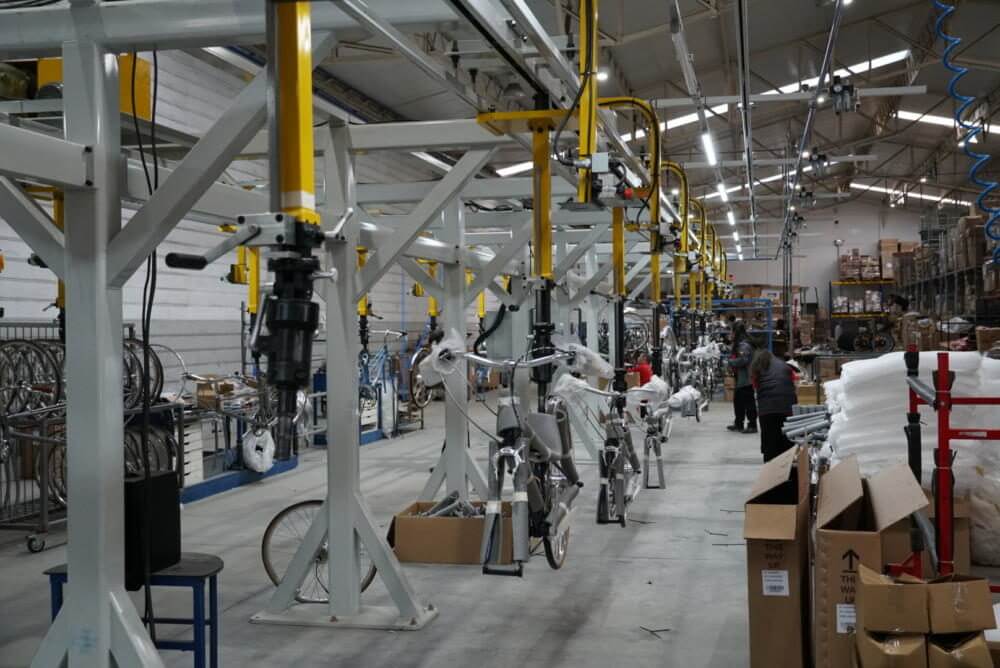
CAPRI BIKES
Long-term forecasts 2030
This is where there is a problem or opportunity, the forecasts prior to Covid-19 already saw year-on-year growth of more than 35% for the electric segment in Germany and the Netherlands, at which time there was talk of a scenario that would triple in size to 7 million units by 2025.
But these forecasts have changed after the pandemic, according to three major European associations, CIE, CONEBI and EFC estimate a growth for Europe of Ebikes from 3.7 Million units sold in 2019 to 30 Million in 2030.
To gauge the effectiveness of these forecasts we can look at their previous reports, as well as predictions and analysis, it is undoubtedly that no one has a crystal ball, but overheating the mood in the sector with the intention of continuing to push the authorities to regulate and help has a collateral effect in the form of capital attraction.
Money coming in does not have to be bad in itself, the problem comes when a bubble is created and monsters are fed that can distort a consolidated market, we are seeing it in the disproportionate injections of capital that adventures like Dance or others who see the market of “subscription bicycles” the new paradigm of the bicycle business, others such as Vanmoof, or Radpower, both focused on the urban electric bicycles have received 150 million USD in the last few months from investors, let’s hope this doesn’t end up like what happened with the “bike sharing” I leave you Here is a link to the previouspost where I analyzed this previous boom and how all the forecasting entities (the Deloitte’s etc) pointed to a much bigger business than it turned out to be.
There are investments that point in the right direction by strengthening established European industries or restructuring the sector more efficiently, but they are not as attractive to venture capitalists as a disruptive and innovative business.
Why is it so difficult to match supply with demand?
According to industry executives in Germany:
“The supply chain is not prepared to respond to such sharp increases.”
Therefore, it is not easy to expand existing capacities or increase production at manufacturing partners. Lead times of twelve to fourteen months for some components are no longer the exception, but the rule. Although many bicycle, component and accessory manufacturers have been working at full throttle for months. “As a result, we have to plan far in advance, to ensure productions,” Even companies producing in Germany have longer lead times, despite operating multiple shifts and working weekends.
However, if component manufacturers see that demand is above annual growth forecasts, it is normal for them not to make any false steps; ending up with oversupply is worse than delaying orders and continuing to sell on margin. But each player has a different profile here, a dominant position like Shimano’s is not the same as that of smaller players, for the big players it is a matter of sacrificing market share, for the smaller players it is an excellent investment opportunity in exchange for share. However, the representative of Shimano Iberia commented a few days ago that the Japanese brand had increased its production by 50% to meet the demand, in general many producers refer to cover the delay they have to meet their commitments for the months of stoppage of the first half of 2020.
There is some news of relocation in Europe of some component manufacturers and a lot of news of increased production.
At first sight it could be said that an over-demand in the purchase of components added to a “normal” growth of 20% will end in 1 or 2 years with a situation of over-stocks and lower prices.
In any case, the number of factors that can affect these variables makes it very biased to launch long-term forecasts.
Some recent news related to production adjustments of major manufacturers and relocations in Europe to be less dependent on Asia, in general, the pandemic has taught us the strategic importance of having a closer, more sustainable and responsible industry.
https://ebike-mtb.com/en/e-bike-availability-2021/
https://www.bike-eu.com/market/nieuws/2021/02/ktm-invests-in-even-more-production-capacity-10139712
What other external factors influence this situation?
First let’s talk about the global context, it is not only a specific problem of the bicycle sector, the problem affects many other sectors, just yesterday we read how brands like Tesla suspended the production of their Model 3 due to problems in its supply chain.
In the IT sector there are serious delays caused by different reasons where certain similarities could be found, although it is a sector more accustomed to situations of shortages and price fluctuations, this beginning of 2021 is very marked by the lack of graphics cards, power supplies, controllers and many other components that among them are dragging, but the technology hardware sector handles these fluctuations with maturity, accustomed to handle cycles of oversupply with prices below costs with others like this where prices soar and increase profits significantly.
Another sector that is under pressure is the furniture industry, which has been undergoing an this case there are many similarities between these and the bicycles, and I read in Marta Jimenez’s blog with interest how she points out that hoarding is precisely another ingredient that increases the initial problem.
Container import costs are skyrocketing.
Most of the bicycle parts arrive in Europe in containers. Shipping cost per container has risen sharply from just a few months ago, typical increases were in the range of 300% to 400%, from say 2500 € normally to 9,800 € for a 20″ container Taiwan – Barcelona.
This should abate somewhat after spring, but there are also major disruptions caused by offshore disputes, COVID-19 related fumigation problems, escalating trade war with China aggravating the backlog of empty containers waiting to be returned to China. and other issues.
Restrictions on guest workers
In bicycle component factories in China or Taiwan, there are large, fairly basic-looking housing buildings, often on or near the factory site. These are home to “guest workers” who in Taiwan’s case come mainly from lower wage countries such as Indonesia, the Philippines, Thailand and Vietnam. In China, they often come from the poorer inland provinces.
Reports estimate that there are generally between 700,000 and 800,000 guest workers living in Taiwan alone. COVID-19-related travel restrictions have caused multiple logistical problems with guest workers resulting in labor shortages and disruptions, i.e., adjustments to return production to normal have not been as rapid as anticipated, and in any case many of the important manufacturing lines for critical bicycle components have not returned to pre-pandemic pace.
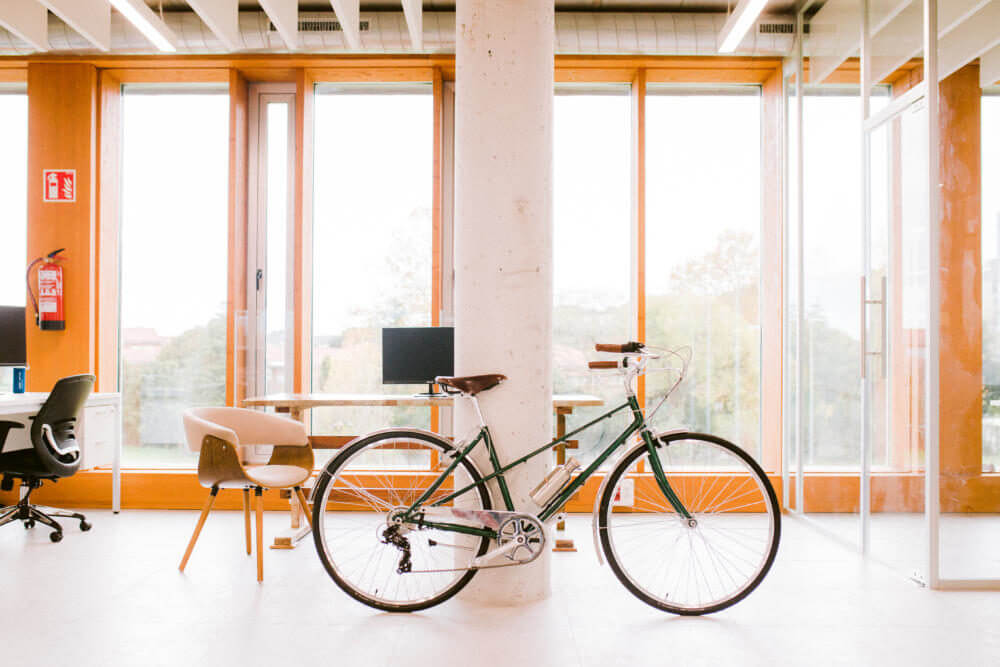
EmpathyCo x CAPRIBIKES
What can independent manufacturers do to turn this difficult situation into a new opportunity?
Tighter productions
For a large brand it is necessary to meet very high production quantities to justify their launch costs, if they cannot ensure volume production they may have to delay such launches, for a smaller brand it is an opportunity to launch smaller series serving more local markets where to focus with tighter quantities.
Advantages of being more flexible and agile
Apparently the shortage of bicycles is a problem for any brand, but independent manufacturers can survive with lower structure costs and react in a more agile way to changes, while large brands need to validate their products well in advance, small brands can adapt their offer and models in a more dynamic way taking advantage of windows of opportunity at the level of availability that may arise more spontaneously.
Opportunity to attract new customers
The long waiting lists offered by the main bicycle brands create an opportunity to offer a differentiated product to an expectant public, more open to evaluate other proposals and to leave their trusted brand.
Innovation with micro-patronage
New commercialization systems that can be applied by more independent companies, such as the launching of models through Crowdfunding, allow products to be validated and innovation to be financed quickly and globally without the need to mobilize purchases well in advance.
More receptivity to new brands in an out-of-stock channel
A retail and wholesale channel thirsty for bicycles is much more receptive to the entry of new brands, even if deliveries have to be scheduled on time and in dribs and drabs, the doors are more open than ever to new players.
More freedom to adopt new means of marketing
Higher average prices make it possible to combine D2C strategies with traditional channel strategies that require higher margins, making it a good time to diversify sales channels and test their effectiveness. For large brands, these changes from channel to direct-to-consumer models require time and difficult changes that cannot be executed in a single season.
Article written by Andres Maldonado of Capribikes
01/03 /2021